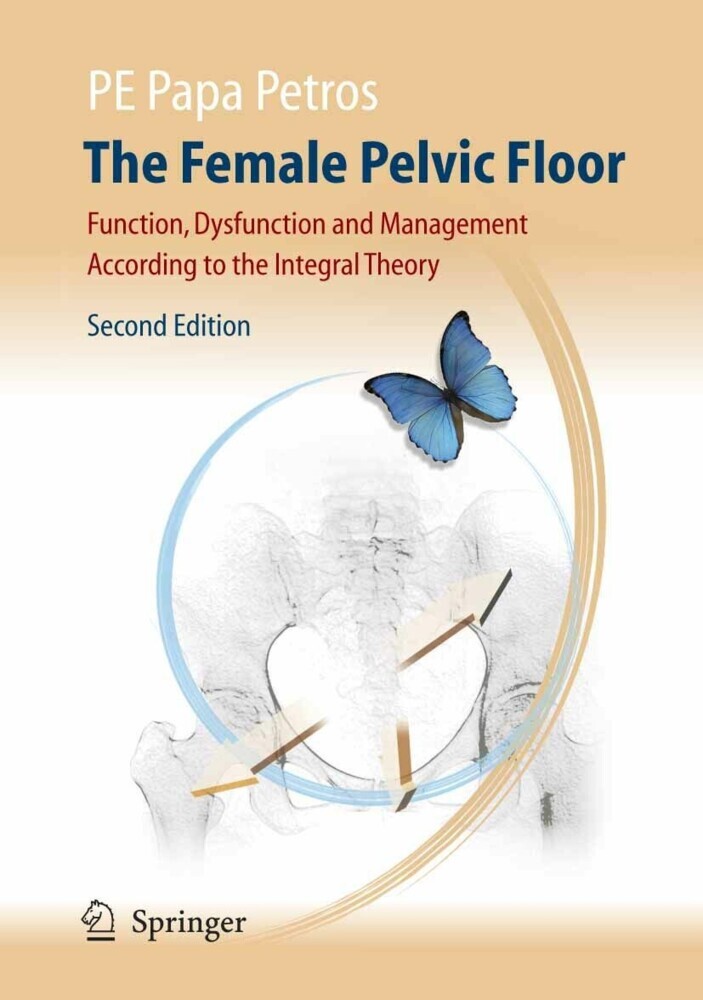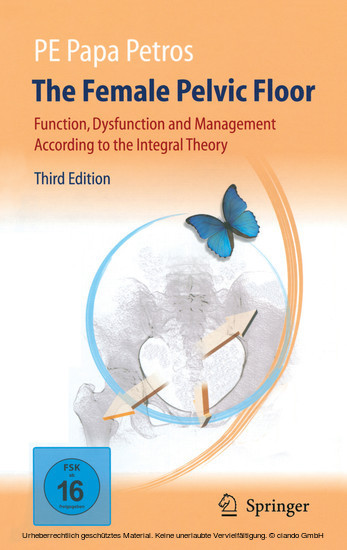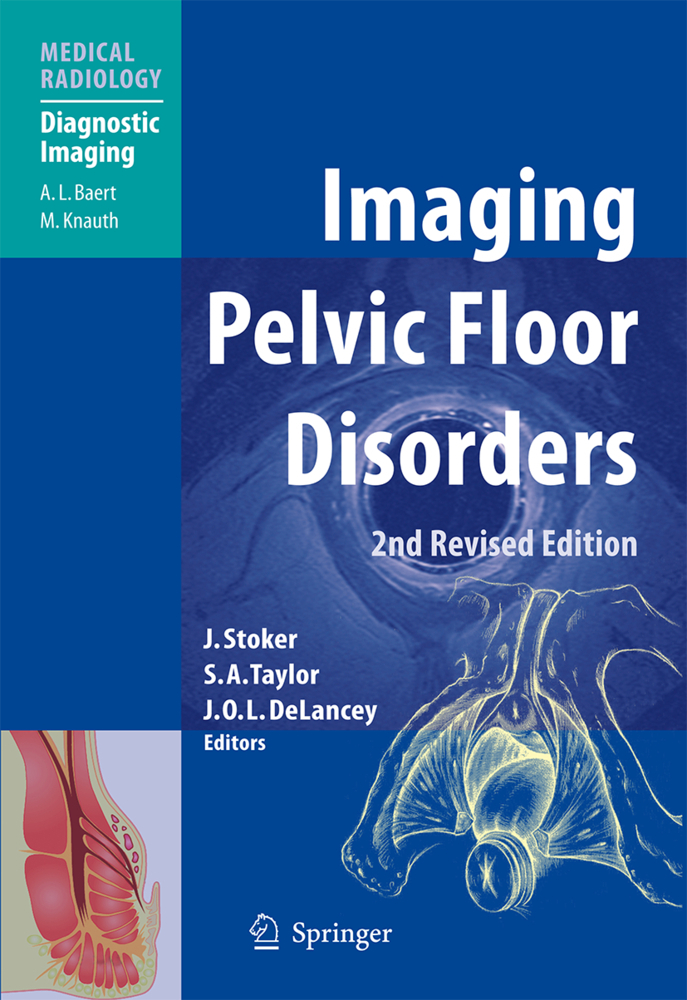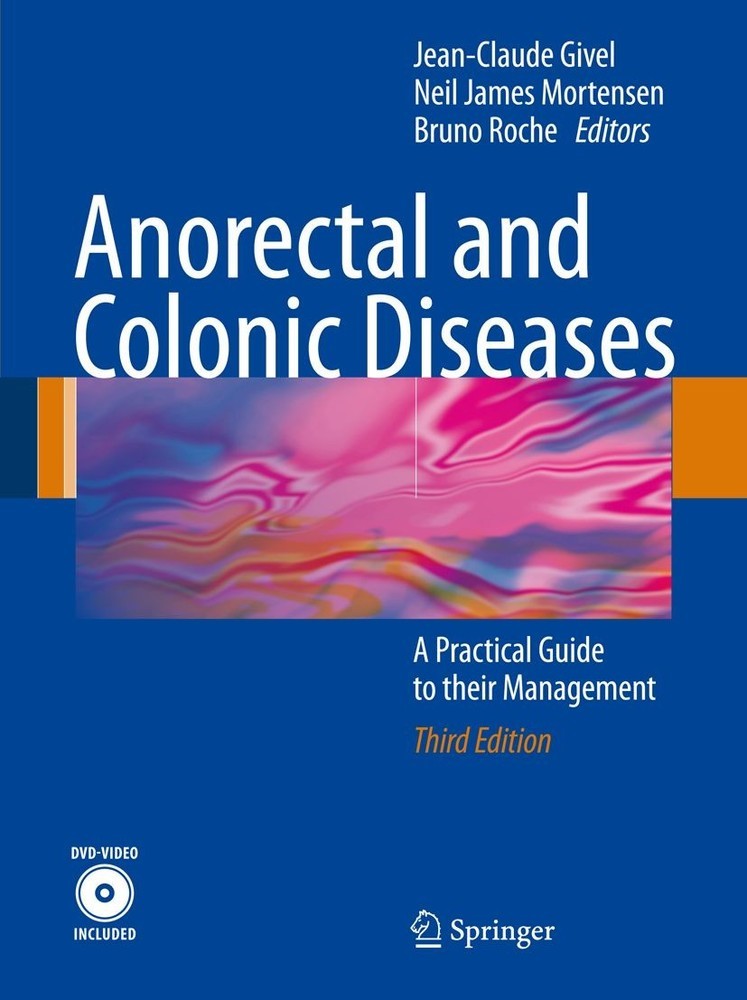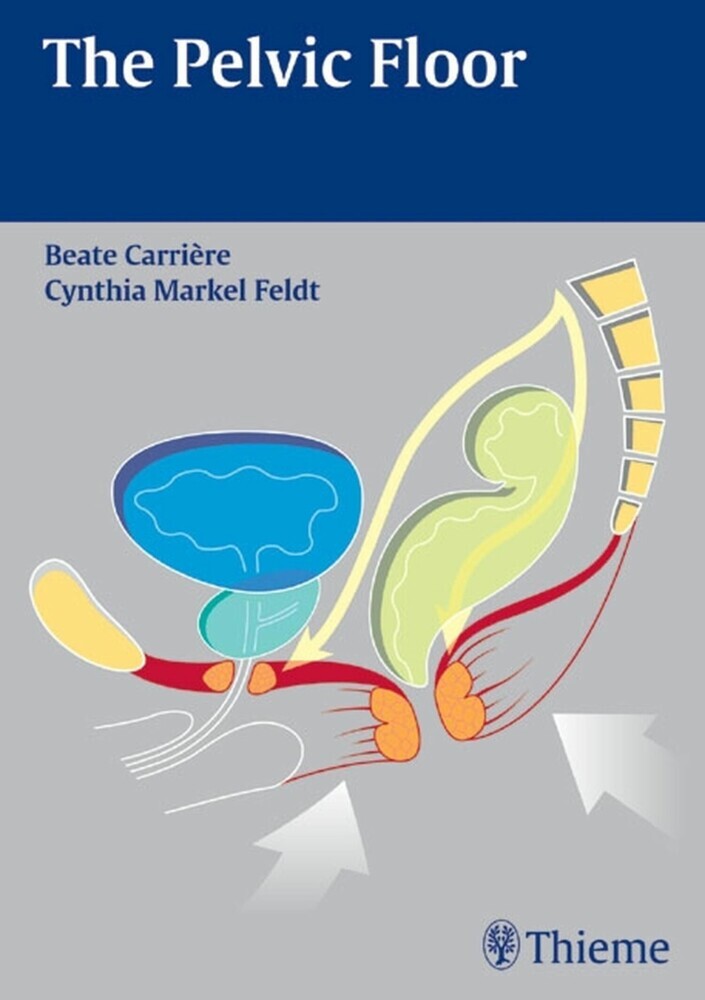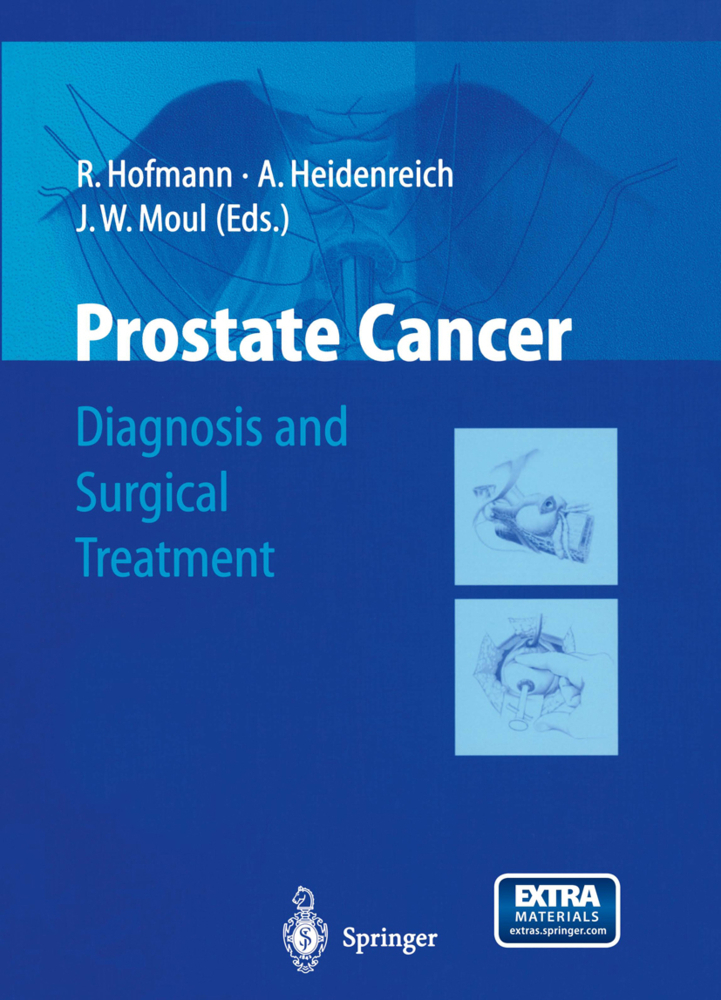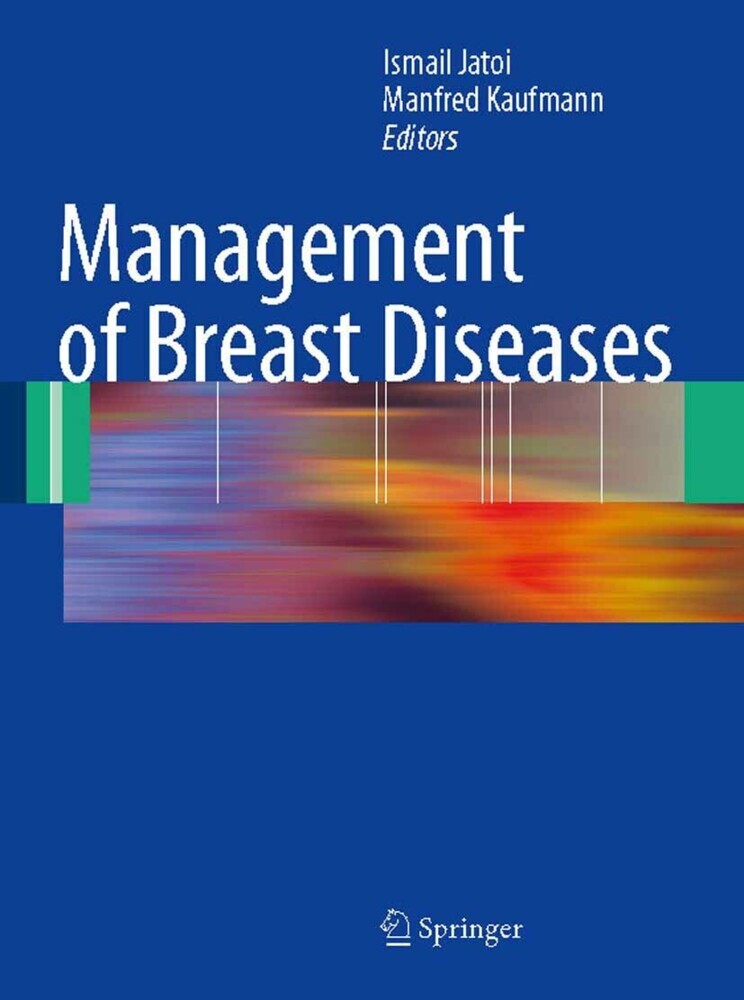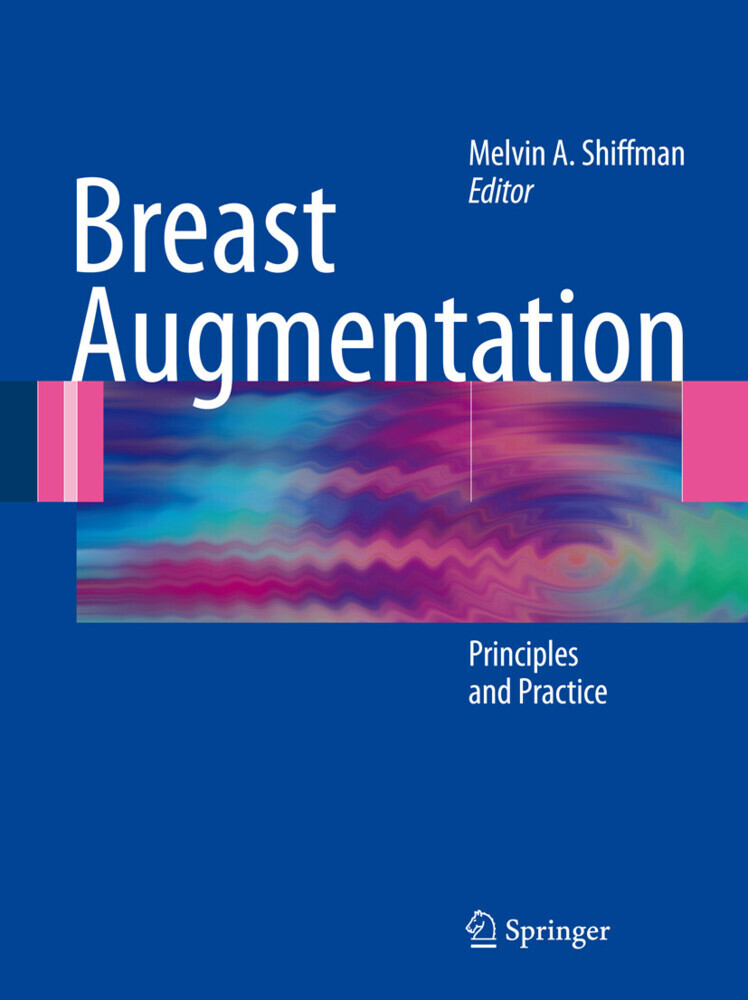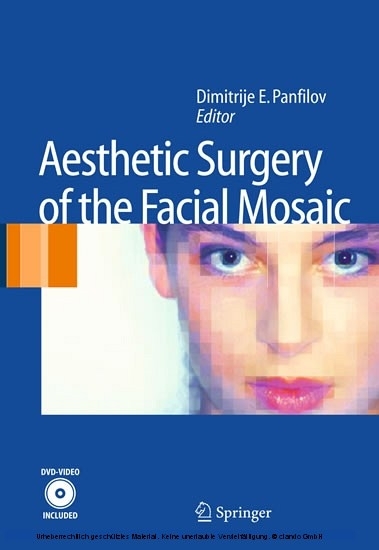The Female Pelvic Floor
Function, Dysfunction and Management According to the Integral Theory
The Female Pelvic Floor
Function, Dysfunction and Management According to the Integral Theory
I f rst encountered the Integral T eory system in the early 1990's at the Royal Perth Hospital laboratory in Western Australia where I was working on laparoscopic colposuspension. Even in prototype form, the IVS operation was so simple and ef ective that I adopted it immediately. Subsequently, based on my experiences, I wrote the following in the Medical Journal of Australia in October 1994: (the operations) promise a new era for women, virtually pain-free cure of prolapse and incontinence without catheters, and return to normal activities within days. Now, ten years later, more than 500,000 'tension-free' anterior or posterior sling operations have been performed. One case in particular stands out from those early years. A woman patient in her mid-50's came to see me with a f ve year history of urinary retention which required an indwelling catheter. T is woman had consulted more than a dozen medical specialists who had told her the same story: no cure was possible. Using the Structured Assessment of the Integral T eory it was deduced that she had a posterior zone defect. I performed a Posterior IVS. T e next day the patient was voiding spontaneously with low residuals, and she has remained well since.
1;Preface to 2nd Edition;62;Preface;73;Acknowledgments;84;Foreword;105;Contents;136;1 Overview;206.1;1.1 Introduction;206.2;1.2 Overview of Pelvic Floor Function and Dysfunction According to the Integral Theory;266.3;1.3 Summary Chapter 1;327;2 The Anatomy and Dynamics of Pelvic Floor Function and Dysfunction;337.1;2.1 The Anatomy of Pelvic Floor Function;337.2;2.2 The Dynamics of Pelvic Floor Function;447.3;2. 3 The Role of Connective Tissue in Pelvic Floor Function and Dysfunction;537.4;2.4 Summary Chapter 2;698;3 Diagnosis of Connective Tissue Damage;708.1;3.1 The Integral Theory Diagnostic System: Overview;708.2;3.2 The Integral Theory Diagnostic System;738.3;3.3 Working with Symptoms in the Integral Theory Diagnostic System;868.4;3.4 Summary Chapter 3;1019;4 Reconstructive Pelvic Floor Surgery According to the Integral Theory;1029.1;4.1 Introduction;1029.2;4.2 The Integral Theory Approach to Reconstructive Pelvic Floor Surgery;1029.3;4.3 Application of the Integral Theory Surgical System according to Zone of Damage;1299.4;4.4 Post operative Monitoring: Strategies for Managing Recurrent or New Symptoms;1799.5;4.5 Summary Chapter 4;18610;5 Pelvic Floor Rehabilitation;18710.1;5.1 Introduction;18710.2;5.2 The Integral Theory System for Pelvic Floor Rehabilitation;18810.3;5.3 Summary Chapter 5;19111;6 Mapping the Dynamics of Connective Tissue Dysfunction;19211.1;6.1 Mapping Function and Dysfunction of the Pelvic Floor;19211.2;6.3 Summary Chapter 6;22412;7 Current and Emerging Research Issues;22512.1;7.1 Introduction;22512.2;7.2 Improvements in the Diagnostic Decision Path;22712.3;7.3 The Integral Theory Diagnosis Support System (ITDS);22812.4;7.4 Possible Clinical Associations;22812.5;7.5 Faecal Incontinence;23013;8 Conclusion;24114;Appendix 1 - Patient Questionnaires and Other Diagnostic Resource Tools;24315;Appendix 2 - References and Further Reading;255
Petros, Peter
| ISBN | 9783540336648 |
|---|---|
| Artikelnummer | 9783540336648 |
| Medientyp | E-Book - PDF |
| Auflage | 2. Aufl. |
| Copyrightjahr | 2006 |
| Verlag | Springer-Verlag |
| Umfang | 260 Seiten |
| Sprache | Englisch |
| Kopierschutz | Adobe DRM |

